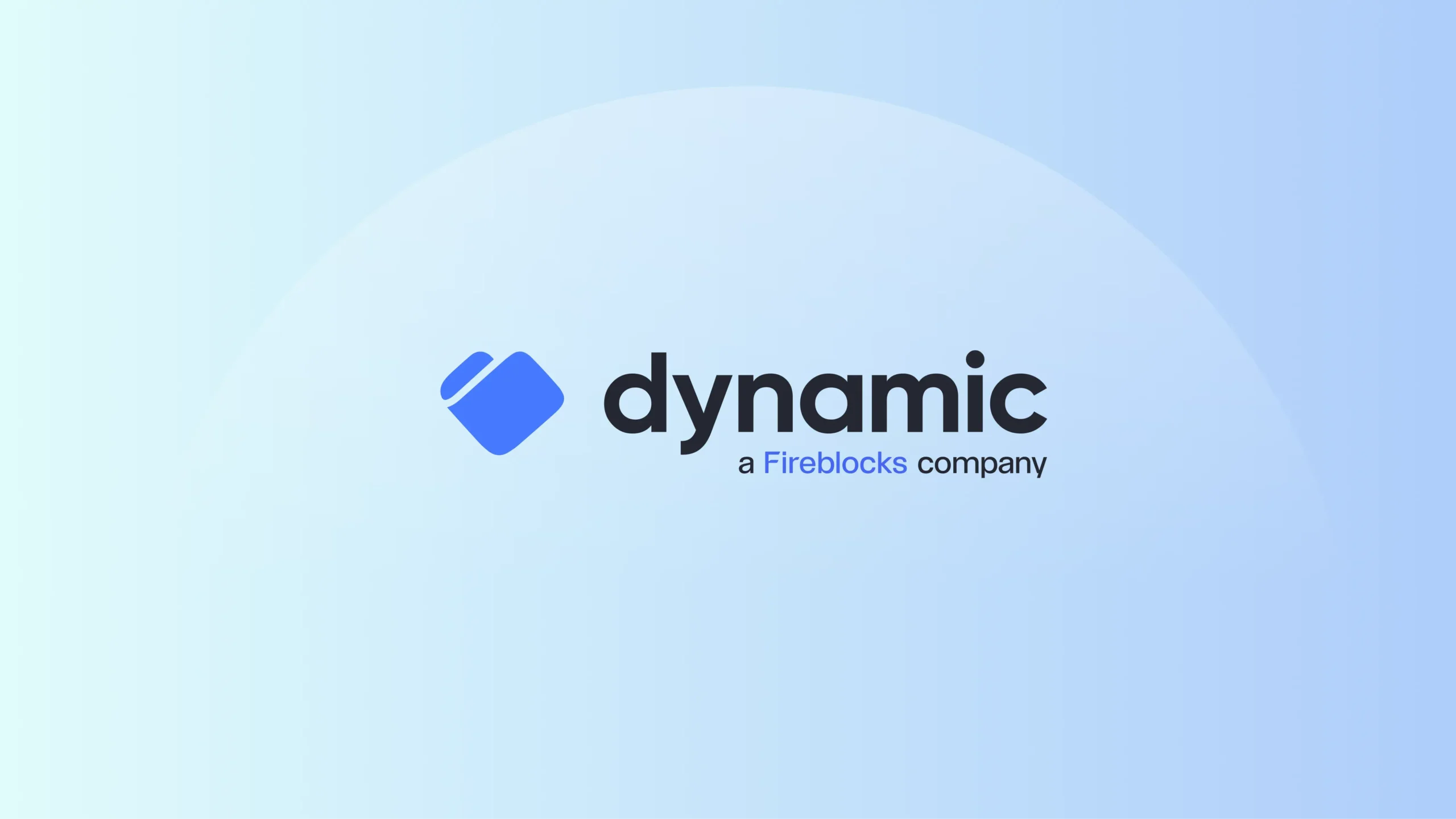Financial market infrastructures (FMIs) form the backbone of the global financial system, playing a vital role in ensuring its safety, efficiency, and overall stability. FMIs—including payment systems, securities settlement systems, central securities depositories (CSDs), central counterparties (CCPs), and trade repositories—are now under growing pressure to evolve.
This is because blockchain technology is introducing a new model for how markets operate and value moves: faster, more transparent, and in many cases, without the need for traditional intermediaries.
Siemens’ digital bond issuance in 2023, conducted under the German Electronic Securities Act, was executed without the involvement of a single FMI. It’s a landmark example that forces a pressing question: how do FMIs remain essential in an increasingly decentralized financial system?
The answer is not resistance, but leadership. FMIs should take an active role in shaping the architecture of the emerging digital asset ecosystem—building on their scale, trust, and expertise.
FMIs at Scale: Transformation Without Disruption
FMIs manage financial flows of unparalleled volume and complexity:
- In 2024, the Depository Trust & Clearing Corporation (DTCC) processed transactions worth nearly $4 quadrillion.
- Euroclear, one of Europe’s largest central securities depositories, holds over €40 trillion in assets.
These volumes make FMIs indispensable—but also cautious. Change must be coordinated, resilient, and safe. That said, we know that FMIs can—and do—deliver large-scale innovation without compromising market stability.
Consider DTCC’s successful coordination of the recent U.S. transition to a T+1 settlement cycle—a complex, far-reaching change that required extensive market alignment. It’s a testament to the industry’s capacity for large-scale transformation. This initiative, which significantly reduced settlement risk and enhanced market efficiency, mirrors the earlier successful implementation of TARGET2-Securities (T2S) across the Eurozone in the 2010s.
FMIs play a significant leadership role in executing transformation at scale—and this proven ability is exactly what’s needed to navigate the transition to digital asset infrastructure.
Innovation in Action: Project Eden and On-Chain Settlement
We also have real-world examples of how FMIs can successfully drive innovation in the rapidly-evolving digital asset space. The Tel Aviv Stock Exchange’s Project Eden shows what’s possible with blockchain: the project achieved atomic settlement and expanded access to market participants.
This groundbreaking initiative successfully facilitated the on-chain issuance of a sovereign government bond. Mining, issuance, and settlement of the digital bond was executed on a permissioned Ethereum Virtual Machine (EVM)-based blockchain. And by leveraging the traditional bond bidding process through Bloomberg terminals, the initiative lowered the barrier to entry for Primary Dealer banks.
Project Eden was a collaborative initiative involving key government stakeholders and 12 Primary Dealers. It not only demonstrated the technical feasibility of on-chain issuance and settlement, but also showed how FMIs can broaden access and modernize capital markets through blockchain integration.
The Path Forward: Standards and Sandboxes
For FMIs, there are two practical ways to accelerate the adoption of digital assets: by driving the development of industry standards and by leading real-world experimentation through sandbox environments.
Given their prominent role in the financial system, FMIs are uniquely positioned to coordinate and shape global standards for digital assets. These standards must encompass regulatory frameworks, token specifications, asset definitions, and control principles. Collaborative efforts by DTCC, Euroclear, and Clearstream illustrate what’s possible. Their work on control principles has sparked vital industry discussions around shared standards, which could serve as the foundation for future innovation.
At the same time, FMIs must move from discussion to implementation. Sandboxes offer a controlled environment for piloting new digital asset use cases with real participants and under real conditions. Drawing from the example of Project Guardian at the Monetary Authority of Singapore, FMIs—particularly at the regional level—can create these environments to accelerate practical development and ecosystem readiness. The recent launch of DTCC’s sandbox and its Tokenized Real-time Collateral Management platform demonstrates how FMIs can take this step from pilot to production.
We would like to see other FMIs follow this lead by establishing their own sandbox programs—with the goal not just to explore, but to enable production-grade innovation.
The Road Ahead: Leading the Industry’s Transition
The emergence of digital assets presents a clear opportunity—but one that, by definition, requires a shift from the status quo. For FMIs, the path forward isn’t about preserving their current role, but leading the industry’s transition to the next chapter of global finance.
Financial Market Infrastructures that take the initiative to set standards and launch meaningful pilot programs will reinforce their systemic importance. They will also help shape how blockchain technology is integrated into the global financial system—so that the industry can fully benefit from the efficiencies, transparency, and innovation it enables.
At Fireblocks, we support FMIs already integrating tokenization, real-time settlement, and blockchain orchestration into their operations by delivering these capabilities with secure, scalable infrastructure. And for those just beginning the journey, we’re here to help navigate it—from pilot to production.
The institutions that keep the essential plumbing of the global financial system running today are also best positioned to build what comes next. Not just to stay relevant—but to remain at the heart of the system and drive its future.
